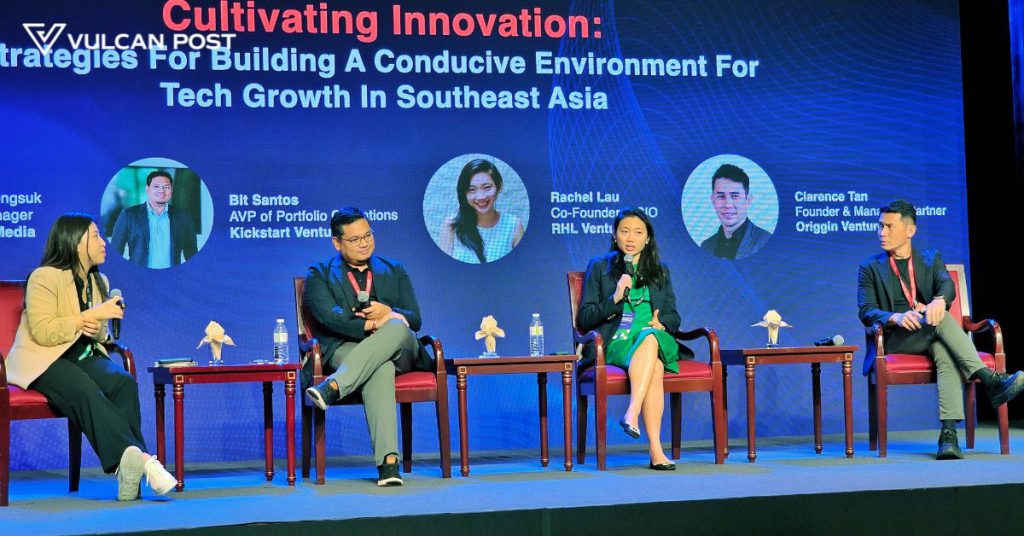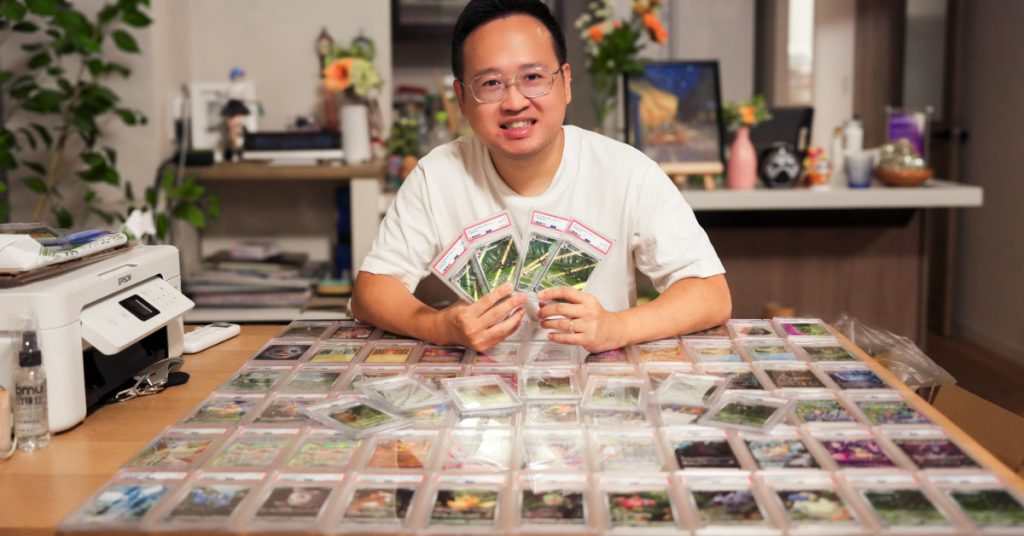It’s common to hear about the hunt for the next unicorn—those billion-dollar startups that seem to be the ultimate marker of success in Southeast Asia’s vibrant and diverse tech landscape. However, this might not be the only, or even the best, path to sustainable growth for the region.
Let’s delve into why the unique environment and tech talent dynamics in Southeast Asia suggest that a different approach could be more beneficial, according to the speakers from BEYOND Expo 2024 at Macao.
The real talent issue: Exposure over skills
Rachel Lau, RHL Ventures co-founder and chief information officer shared that Southeast Asia boasts impressive engineering capabilities, particularly in hardware, thanks to decades of investment by giants like Intel and Seagate in countries like Malaysia. Yet, there’s a notable gap in software engineering skills.
“I think tech talent in Southeast Asia is pretty good. But the difference is, I think, a lot of tech talent lack exposure,” Rachel asserted.
Fresh graduates in Southeast Asia often have yet to encounter the wide array of problems faced by their counterparts in more developed markets. This lack of experience means they have different instinctive reactions or feedback mechanisms.

“In our company, we hire a lot of fresh grads, and everyone thinks I’m absolutely crazy in doing that, and we train them from young. But what I’ve given them more leeway is to go meet more people.”
“The more people you meet, the more you talk, the more startups that you see, you know what is good and what is bad,” she said. This exposure helps bridge the gap between textbook knowledge and practical problem-solving skills.
The time crunch for tech talent
Kickstart Ventures’ assistant vice president of portfolio operations Bit Santos added another layer to this discussion, pointing out that while Southeast Asia has quality tech talent, these individuals often lack the opportunity to develop their skills due to the high-pressure environment of venture-backed startups.
“There are expectations about growth and success,” he said.
Many people don’t give talented individuals the time to figure things out. The fast-paced nature of these businesses means that instead of nurturing and developing talent, companies often opt to bring in experienced professionals from outside.
Bit believed that with enough time, local talent would thrive. However, the current business climate doesn’t always allow for this learning curve, which is a significant hurdle for the region’s tech ecosystem.

The talent drain and economic realities
One of the biggest challenges Rachel highlighted during the panel discussion is the talent drain.
High-skilled workers often leave for greener pastures in places like Singapore, London, or the US, where pay is significantly higher.
“The technological gap is too big, and so is the pay,” Rachel explained. This disparity makes it hard to retain top talent.
Efforts are being made to address this, such as raising minimum wages in Malaysia. However, monetary concerns remain a major driving force behind these migrations.
Rachel emphasised that ensuring competitive compensation is crucial, alongside creating an environment where talents can balance personal needs and professional growth.
Why SEA doesn’t need a herd of unicorns
People often overlook the crucial point that Southeast Asia’s economic and cultural landscape is vastly different from that of the US or China.
Rachel noted that the region is characterised by a multitude of small and medium-sized businesses rather than a few dominant unicorns.
“In Southeast Asia, success looks very different,” she said.
Instead of aiming for a few massive unicorns, having 20 successful smaller tech companies can be equally, if not more, beneficial.
For instance, Penang’s semiconductor industry doesn’t have a single standout name but hosts around 20 companies each valued between one to two billion dollars. This cluster of firms supports hundreds of smaller businesses, creating a robust and diversified ecosystem.
The key takeaway is that Southeast Asia should embrace its unique structure. For decades, Silicon Valley’s startup model of raising capital, scaling rapidly, and flipping for profit has been the standard.
However, this approach is not always applicable in regions like Malaysia and Southeast Asia. The region’s diversity—in culture, markets, legal systems, and economic environments—means that a one-size-fits-all approach doesn’t work. Recognising and nurturing smaller successes can build a strong, resilient tech ecosystem.
By focusing on broadening exposure for young talent, allowing time for growth, ensuring competitive pay, and celebrating smaller successes, the region can create a thriving tech landscape that’s uniquely its own.
Featured Image Credit: Vulcan Post











